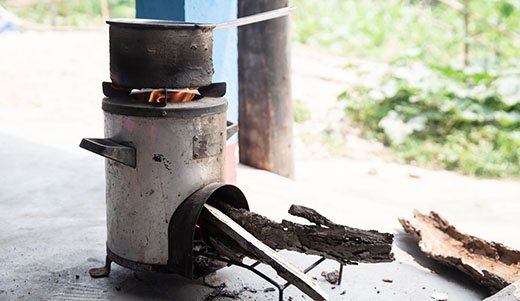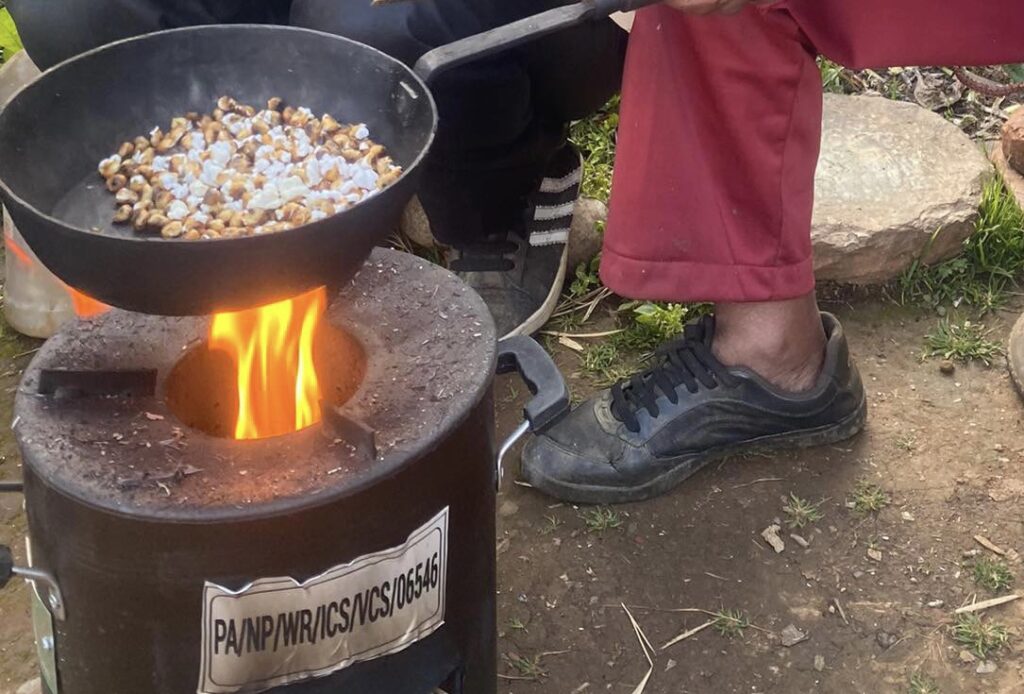Improved cookstoves are designed to burn fuel more efficiently than traditional stoves, reducing the amount of wood or charcoal required for cooking. This reduces deforestation and decreases carbon emissions, while also improving indoor air quality and health in communities relying on biomass for cooking.
Traditional cookstoves, often used in developing countries, are inefficient and contribute to a range of environmental and health problems. Improved cookstoves offer a more sustainable and efficient solution by using less fuel, reducing emissions, and improving indoor air quality.
Key Features of Improved Cookstoves
Improved cookstoves typically incorporate the following features:
- Energy Efficiency: They are designed to use less fuel, reducing the amount of wood or charcoal needed for cooking.
- Reduced Emissions: Improved cookstoves emit fewer pollutants, including carbon monoxide, particulate matter, and black carbon, which can have harmful health effects.
- Improved Indoor Air Quality: By reducing emissions, improved cookstoves can significantly improve indoor air quality, leading to better health outcomes for families.
- Durability: They are designed to be durable and long-lasting, ensuring that they can be used for many years.

Benefits of Improved Cookstoves
Improved cookstoves offer a range of benefits, including:
- Reduced Deforestation: By using less fuel, improved cookstoves can help to reduce deforestation, which is a major contributor to climate change.
- Improved Health: Improved indoor air quality can lead to better health outcomes, especially for women and children who are often exposed to smoke from traditional cookstoves.
- Time and Cost Savings: By using less fuel, improved cookstoves can save time and money on fuel collection, allowing families to focus on other activities.
- Community Development: Improved cookstoves can contribute to community development by providing a more sustainable and efficient way of cooking.
Challenges and Considerations
While improved cookstoves offer significant benefits, there are also challenges to consider:
- Affordability: The initial cost of improved cookstoves can be a barrier for some communities. However, there are various programs and initiatives aimed at making these stoves more affordable.
- Adoption: Encouraging the adoption of improved cookstoves can be challenging, as traditional cooking practices may be deeply ingrained in cultural and social norms.
- Sustainability: Ensuring the long-term sustainability of improved cookstove programs requires ongoing support and maintenance.
Conclusion
Improved cookstoves offer a promising solution for addressing the challenges of traditional cooking practices. By reducing emissions, improving indoor air quality, and promoting sustainable energy use, these stoves can contribute to a healthier, cleaner, and more equitable future.

